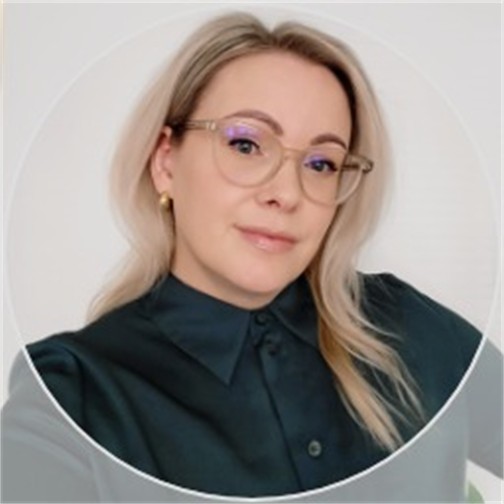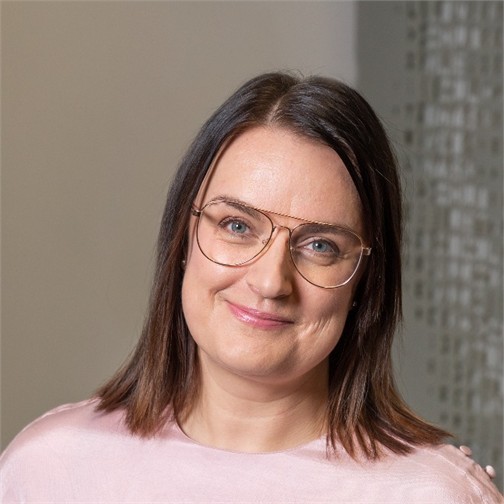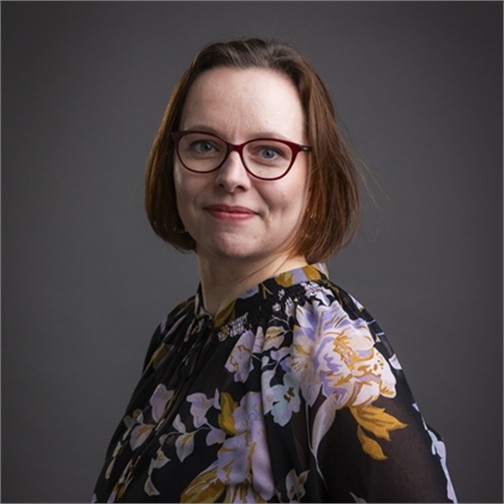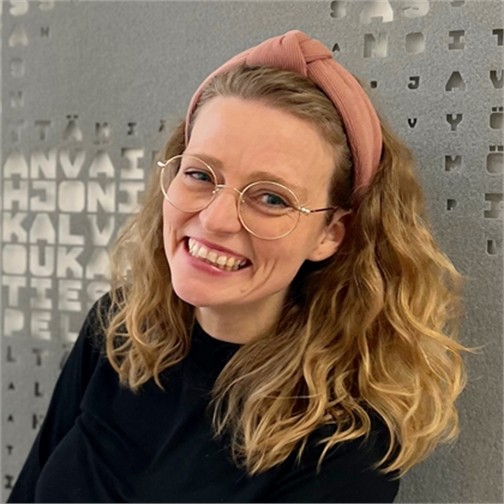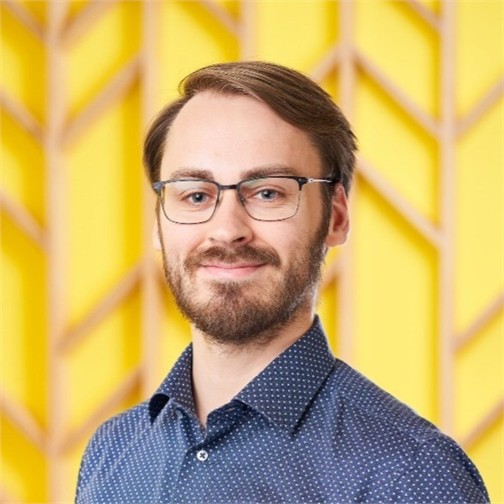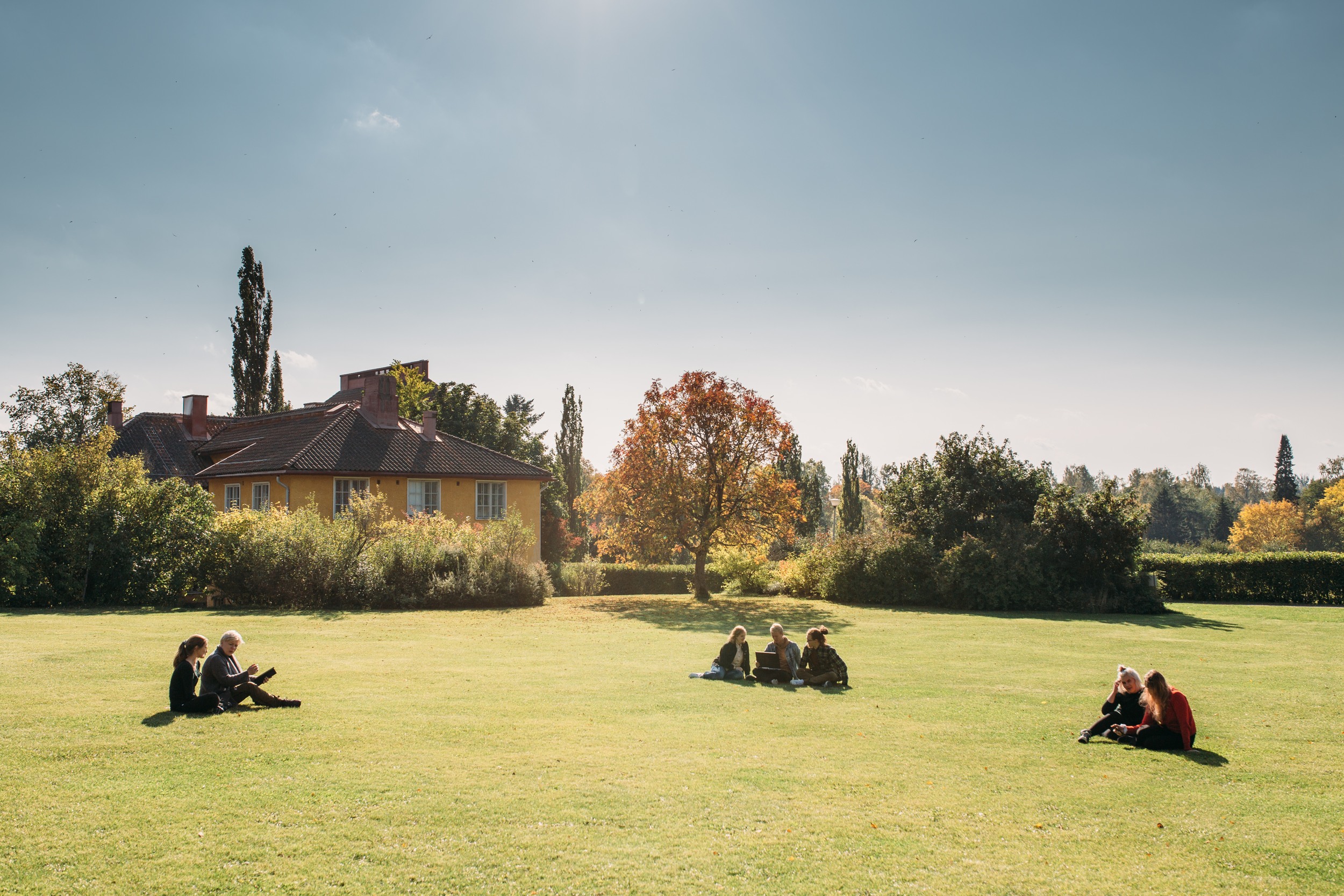
Make your HAMK degree international!
You have a number of great opportunities to widen your international skillset at HAMK. Study and work abroad, learn new skills and make new friends from all over the globe.
Experience in Korean university

Maria, Sustainable Development student from HAMK, tells in detail what it is like to spend a semester in Seoul.
It is never too late for an exchange!
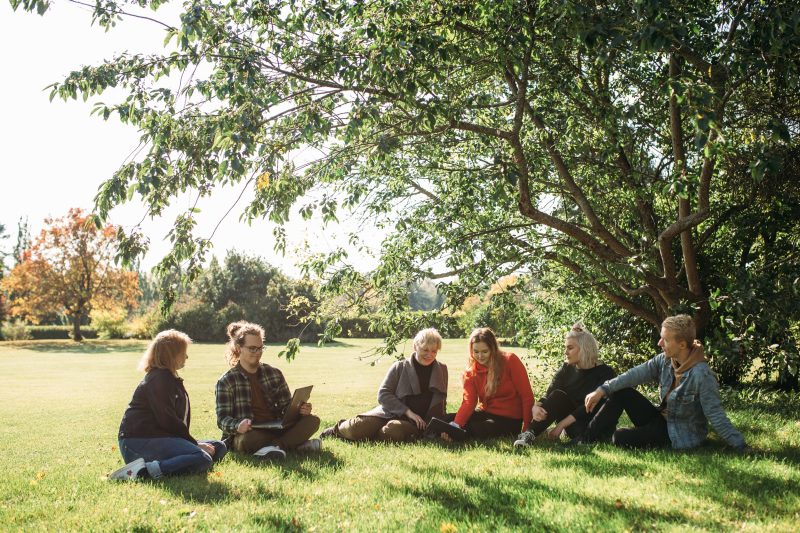
Maritta, a nursing student from HAMK, tells about living and working under the Spanish sun, enjoying the local culture and perfecting her language skills.
Exchange in Portugal with my family
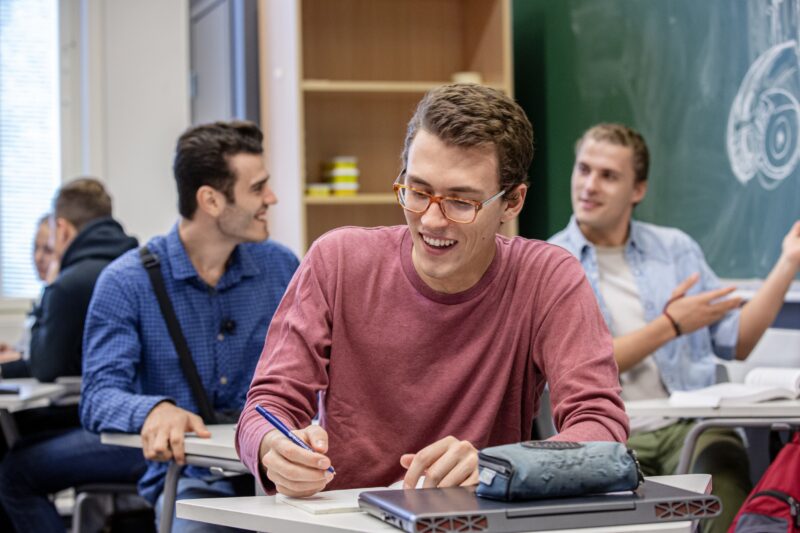
Jussi, Mechanical Engineering student from HAMK, tells about his experience on an exchange semester in Portugal with his family.
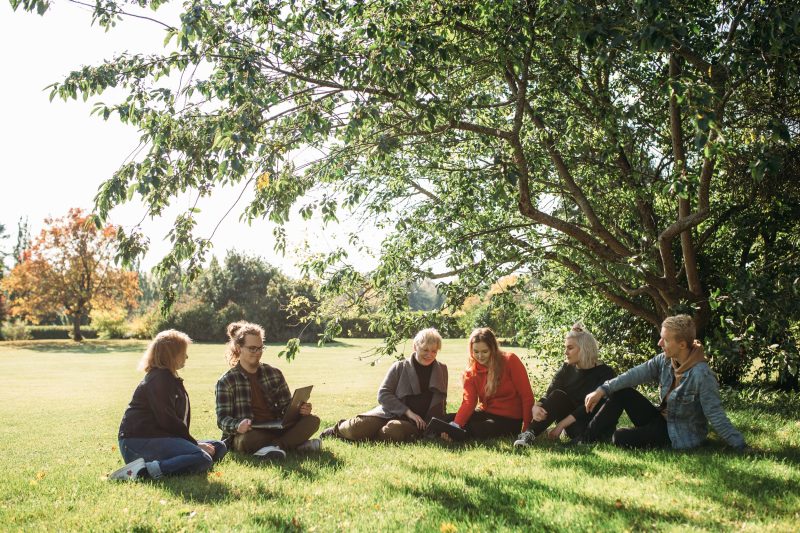
Experience student life in a new country
Are you interested in living a part of your student life abroad, with a whole new culture, course catalog and social circle?
In your long-term exchange, you become an exchange student in another higher education institution for a semester or a whole academic year. In some of the degree programmes, you can also complete a double degree, meaning that by the end of your studies you will be awarded two degrees instead of one. Get the deep dive and challenge yourself!
With long-term exchanges, you get to experience the most: really settle down to a new culture and higher education institution. You will dive into new interesting courses and show in your degree that you know how to thrive outside your home country. The long-term exchanges give you the best opportunity to do so.
As a student of HAMK, you can receive financial support for your studies abroad. The grant is paid by HAMK or from Erasmus+ programme, but the grant amounts are the same in both cases. The amount of grant depends on the length and location of your student exchange. You might be entitled to a fewer opportunities top up and/ or inclusion support as well, and if you travel by land, you can also apply for Green Mobility supplement.
For example: Janne leaves to Germany for four months long Spring semester, his Erasmus+ grant consists of: 4x €540 of Study grant + €309 of travel support = €2469
Darja leaves to Brazil for a full academic year, 9 months in total. Her grant is 9 x €700 of Study Grant + €1735 of travel support = €8035
Read more detailed grant descriptions via the link below.
Find out when is the best time to leave for an exchange in your degree: all of your studies abroad will be a part of your degree, so it is important to make sure they fit there smoothly. Your guidance counselor will help you here.
The application deadline for Spring semester ends on 15.9. and Fall semester 15.3. Make sure to start planning on time!
Enhance your professional skills by working abroad
In today’s global job market, international skills are highly valued by employers. Gain the professional experience and skills already during your studies by completing a traineeship abroad.
How would you like to gain valuable international work experience, credits towards your degree and Erasmus+ financial support all at the same time?
You can complete your traineeship abroad and be entitled to Erasmus+ grant and study credits towards your degree.
Completing your work placement abroad already during your studies will both open doors for an international career after graduation as well give you great experience towards working for international companies in Finland.
The traineeship aboard awards credits the same way a traineeship in Finland does. Important difference is that for traineeship abroad you can be granted financial support.
As a student of HAMK, you can receive support for your traineeship abroad as long as the traineeship will be a part of your degree. The amount of support depends on the length and location of your traineeship. You might also be entitled to inclusion support and if you travel by land, you can apply for Green travel support.
For example:
Josh finds an interesting traineeship for his field from Italy for three months. His grant consists of: 3 x €690 of trainee grant + €395 of travel support = €2465
Milla leaves to Poland for a traineeship of four months. She chooses to travel in a more environmentally friendly way, mostly with bus and train. Her grant is 4 x €640 of trainee grant + €417 of green travel support = 2997e
Read more detailed grant descriptions via the link below.
Before applying, check with your guidance counsellor or work placement coordinator what is the criteria for traineeship places and times . After that, you can start looking for an interesting traineeship opportunities abroad.
The application period for traineeships is throughout the year, available whenever you find a suitable traineeship. Please note that due to summer holidays, for traineeships during the summer you should apply at the latest 31.5.
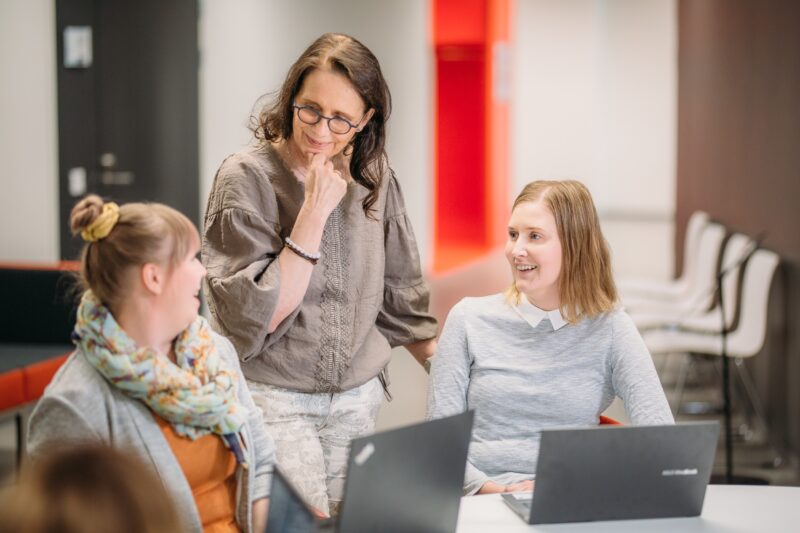
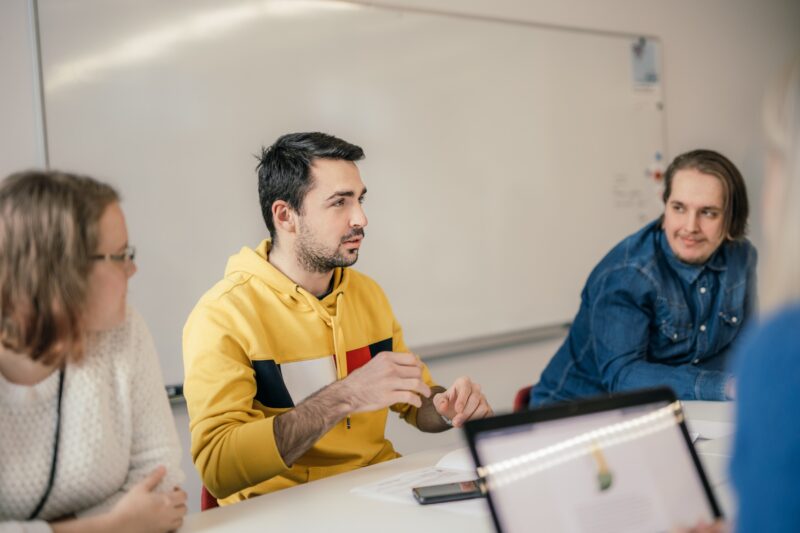
Experience internationality – study a course abroad
Are you interested in practical learning with an international group? If it is not the time to commit for a whole semester abroad, or if you would like to start with a smaller sample of international student life, shorter term exchanges might be for you.
SAPs (Short Advance Programme) and BIPs (Blended Intensive Programmes) are courses that you can select to complete as part of your studies. Some of our partners also organize summer schools, where you can participate and apply for a grant.
Short exchanges always include an online part and a short, often one week, period of in location learning.
SAPs are organized within the RUN-EU network, BIPs are available in an even larger selection of partner institutions.
Short term exchanges give you the experience of what it is like to study internationally, but you do not have to commit to living abroad for a semester or two.
Short exchanges are organized in a wide variety of topics and they are a nice way to add variety to your degree and your studies.
During the courses, besides of the learning in classroom, you will also get to learn in practice about life and culture in another country and get to know students who were similarly interested in courses abroad.
The amount of the grant depends on the the type of your exchange (SAP, BIP or other) as well as the country and the duration of your exchange. You might also be entitled to fewer opportunities top up and/ or inclusion support, and if you travel by land, you can also apply for green travel support.
SAPs always include one or two weeks of studying abroad and the grant amount is based on the country you travel to.
For example:
Saida leaves for RUN-EU Research Challenge Tourism – SAP in Portugal. The total grant for one week is €1133.
Ilja leaves to Ireland for a three week summer course. His grant consists of 21 x €56 = €1176.
Read more detailed grant descriptions via the link below.
SAPs and BIPs are organized around the year and have their own application schedules. Click the link below to read where to find the courses that interest you the most.
Gain valuable international experience at home
You do not necessarily have to even leave Finland to get to know students from different countries and cultural backgrounds or strengthen your language skills. There are a lot of international degree students as well as exchange students in HAMK already.
The HAMK International Friendship Programme aims to promote internationalisation and the knowledge of new cultures among students and Finnish locals. It is a voluntary programme for both international students and Finnish locals. Read more by clicking the link below.
Tutoring is a great way to help fellow students and give back to the community! In addition, you also get to meet and befriend interesting people as they are joining HAMK.
Come practice your language skills every Thursday in Hämeenlinna campus and every other Thursday in Valkeakoski campus during the fall semester. More information via the links below.
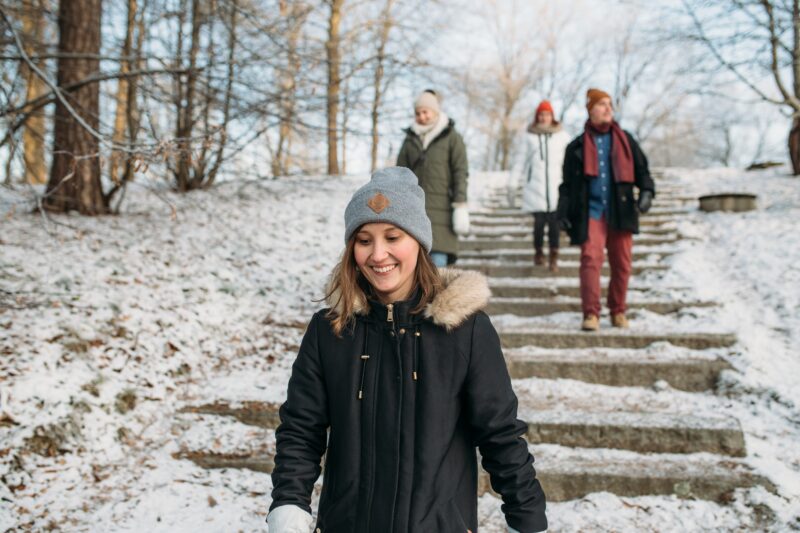
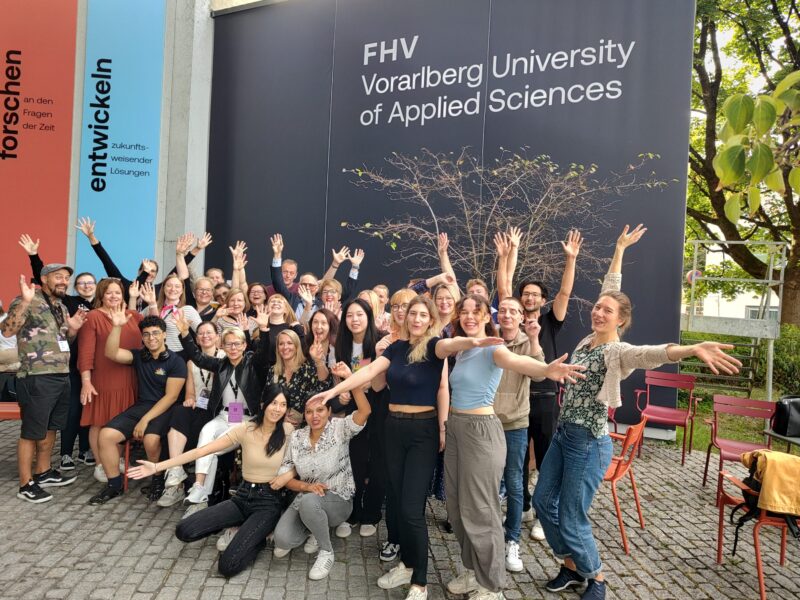
RUN-EU – study in a network of European universities
HAMK is part of the RUN-EU network of eight European higher education institutions. As a HAMK student, you can take advantage of the great opportunities RUN-EU offers:
- The opportunity to complete SAP studies
- Student representation, most importantly the RUN-EU Student Council where you can be a part of creating the future of HAMK and RUN-EU.
- Exchange opportunities that you can benefit from with the long-term student exchanges.
Contact HAMK International
Did you get interested in making your studies more international? We would be happy to tell you more and guide you through the application process!
HAMK students with questions about going abroad, please contact us at outgoing@hamk.fi.
For all other queries, please reach us via our email: international@hamk.fi
